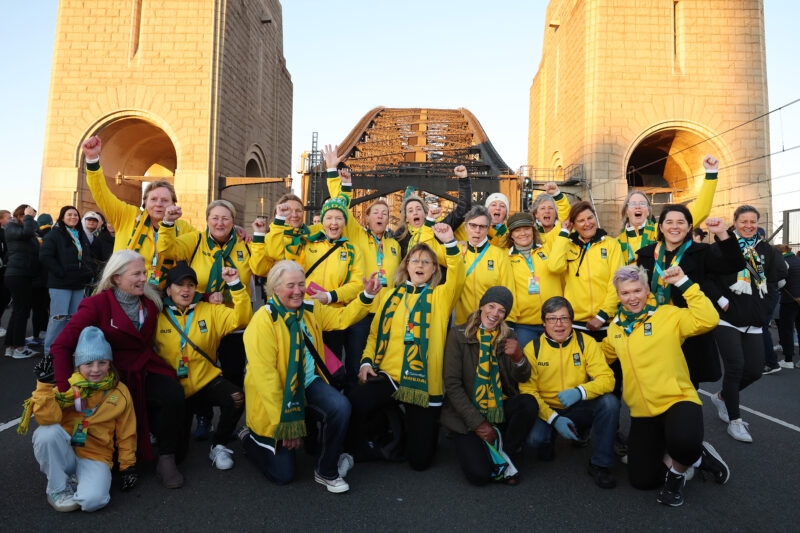The Women’s World Cup will be the turning point for sponsorship of women’s sport in Australia
Women’s sport is finally starting to get the attention it deserves. Wavemaker’s Jayden Harris tracks the sponsorship status of the FIFA Women’s World Cup.
Women’s sport has come a long way over the past two decades, and as Australia and New Zealand prepare to host the 2023 FIFA Women’s World Cup, the sheer excitement among fans, players and sponsors is reaching fever pitch.

Sport has been an integral part of my life since I can remember, much like many Australians. Growing up, I actively participated in various activities such as Nippers, Oztag, Touch Football, gymnastics, and now basketball. Not to mention frequently finding myself engrossed in the world of rugby union and rugby league as a spectator.

